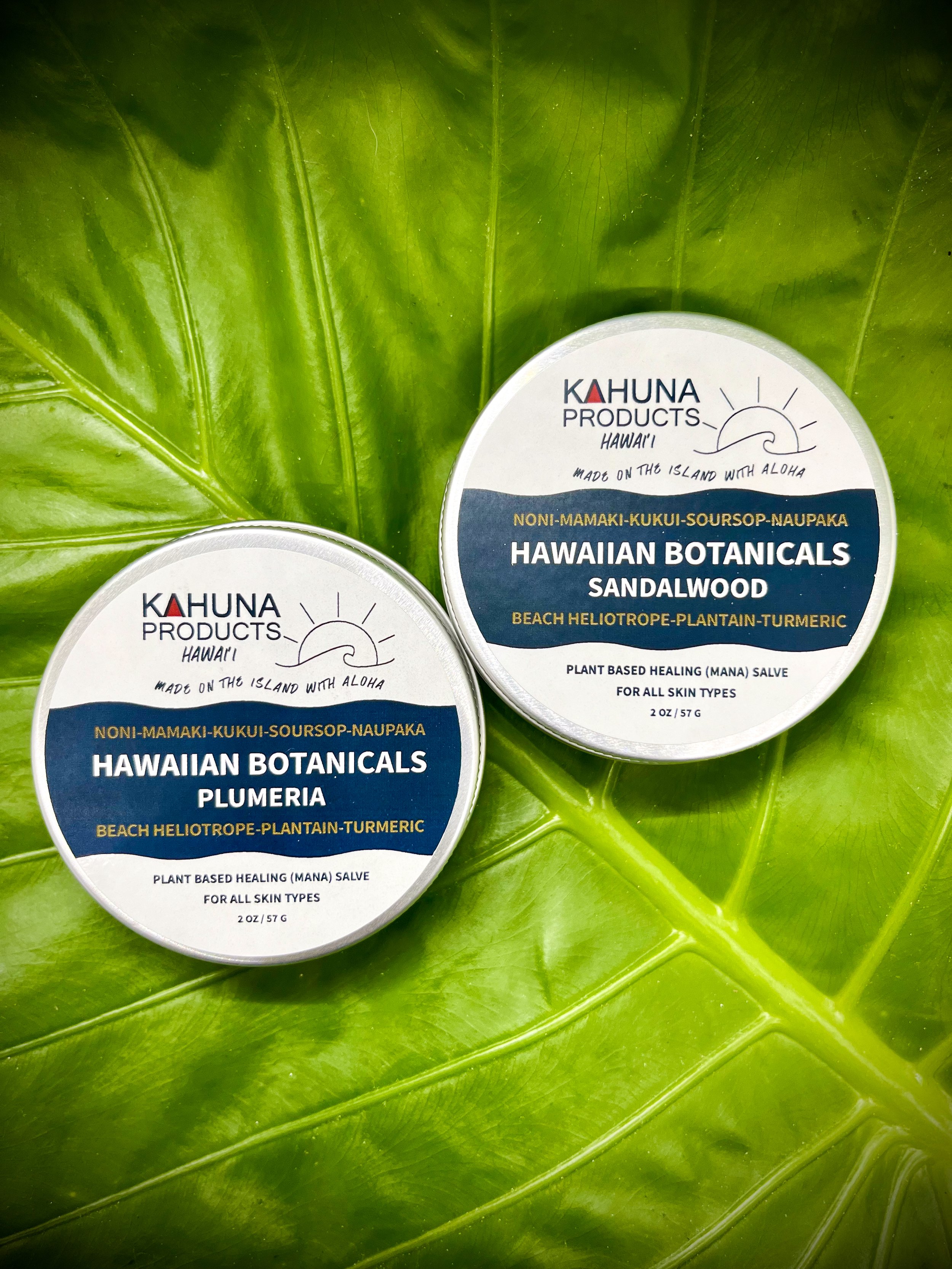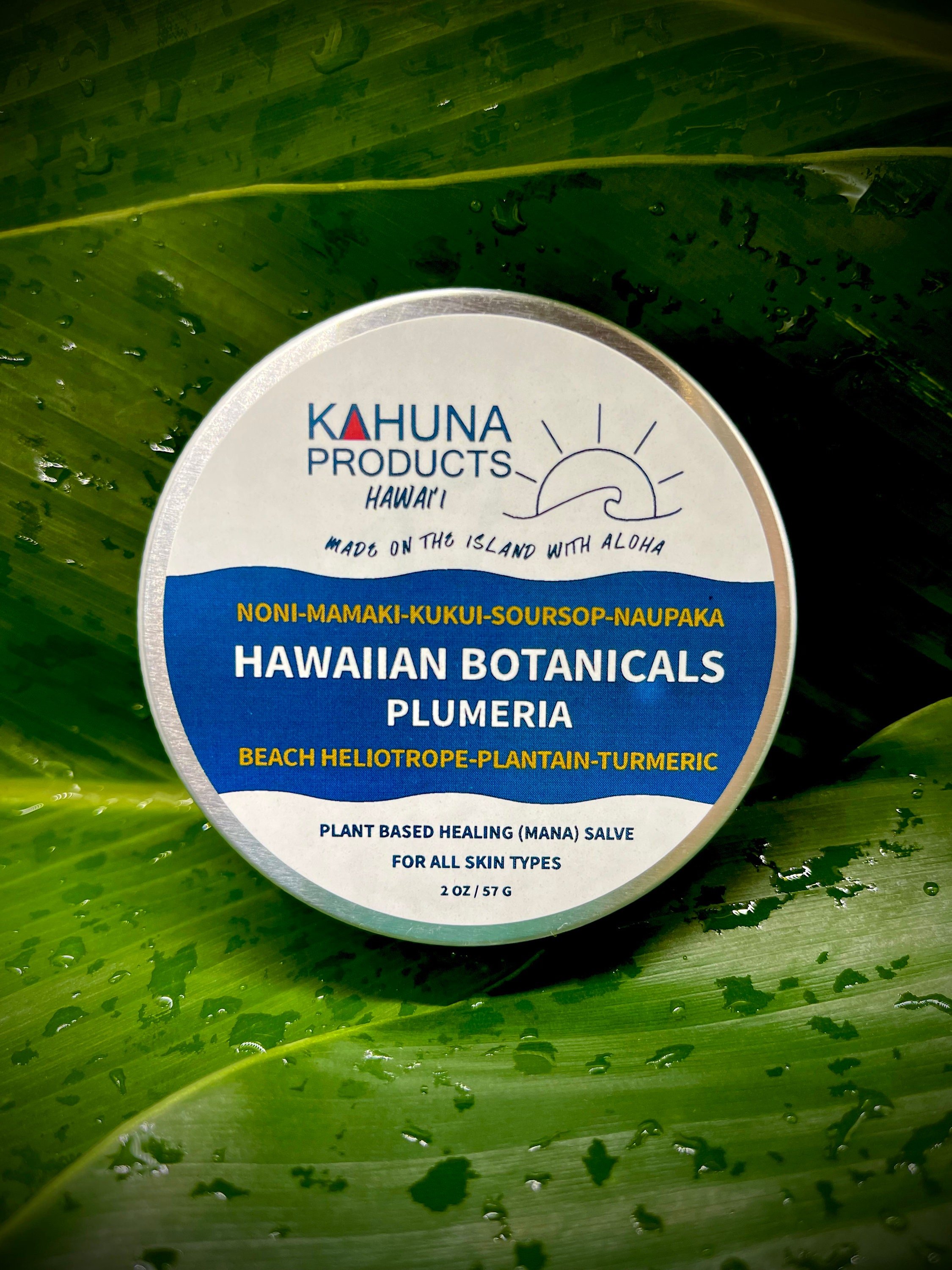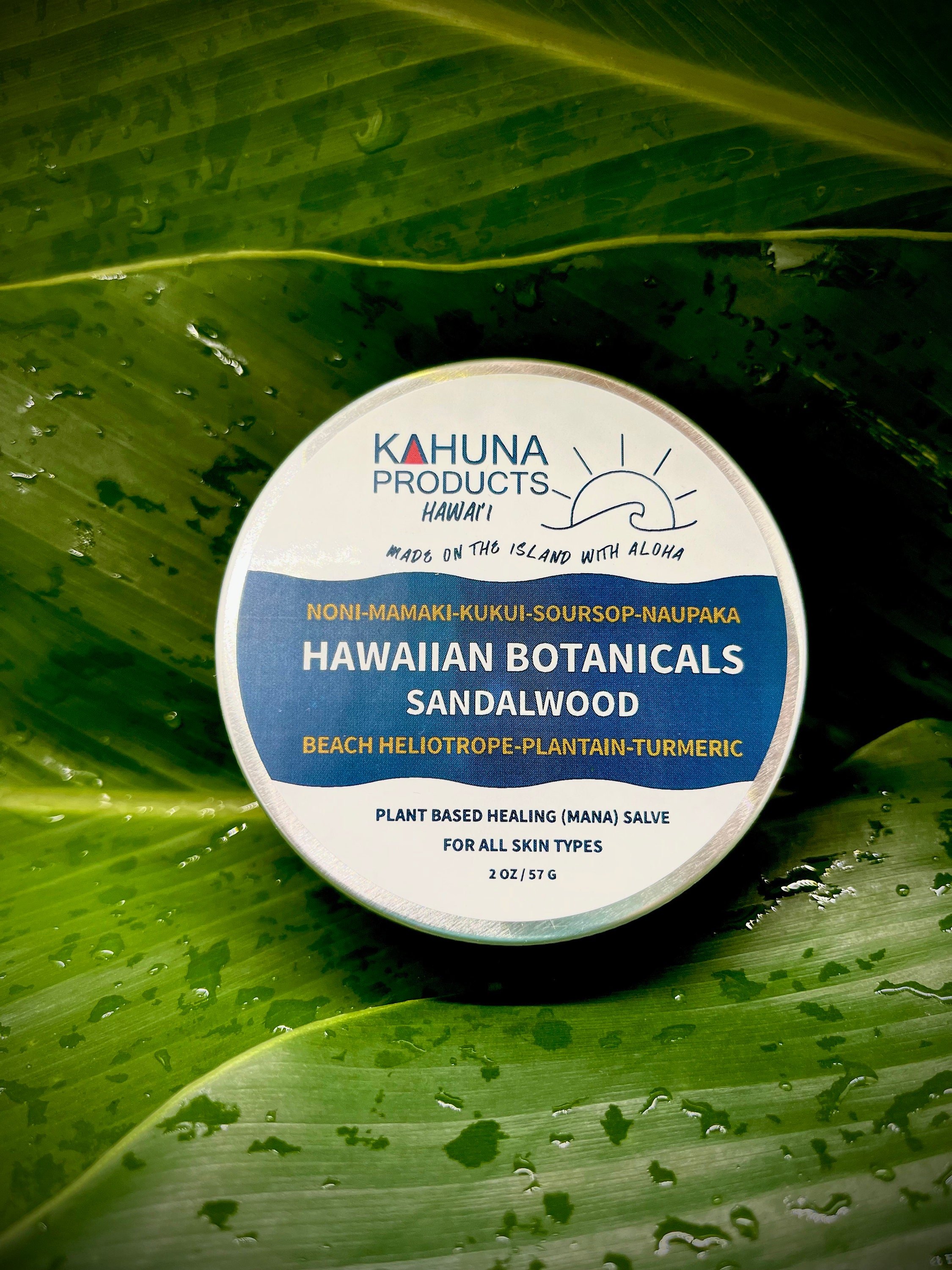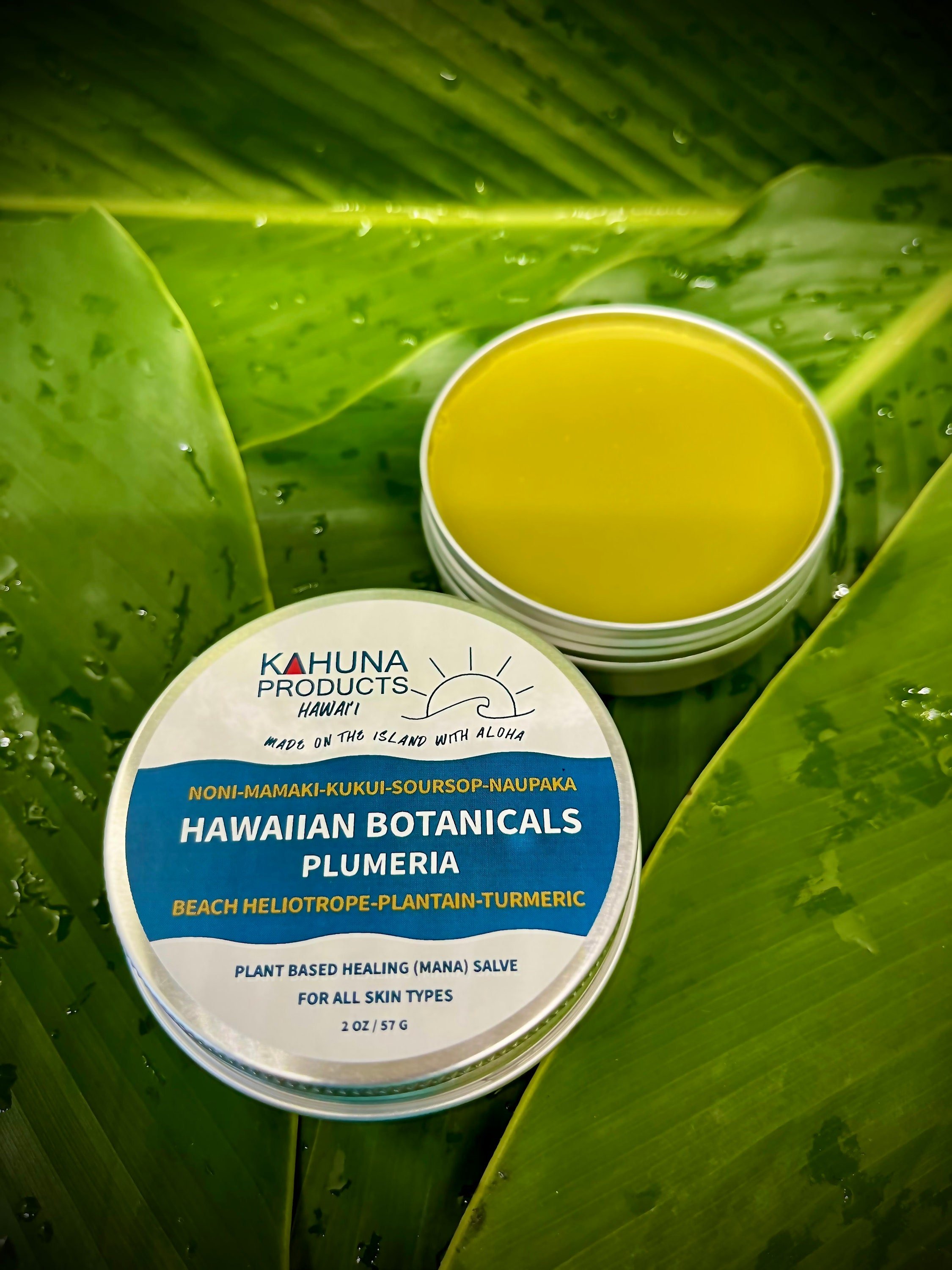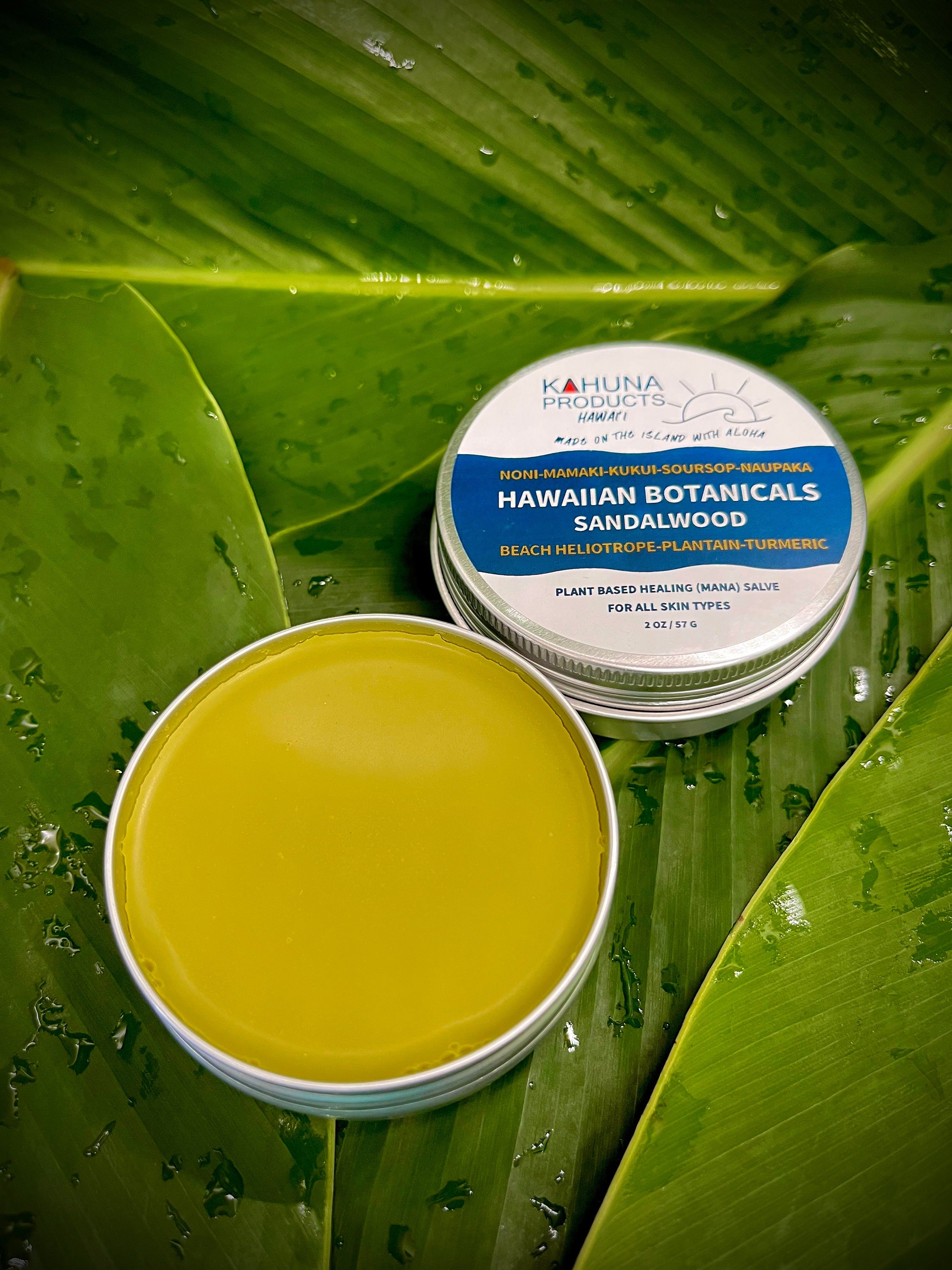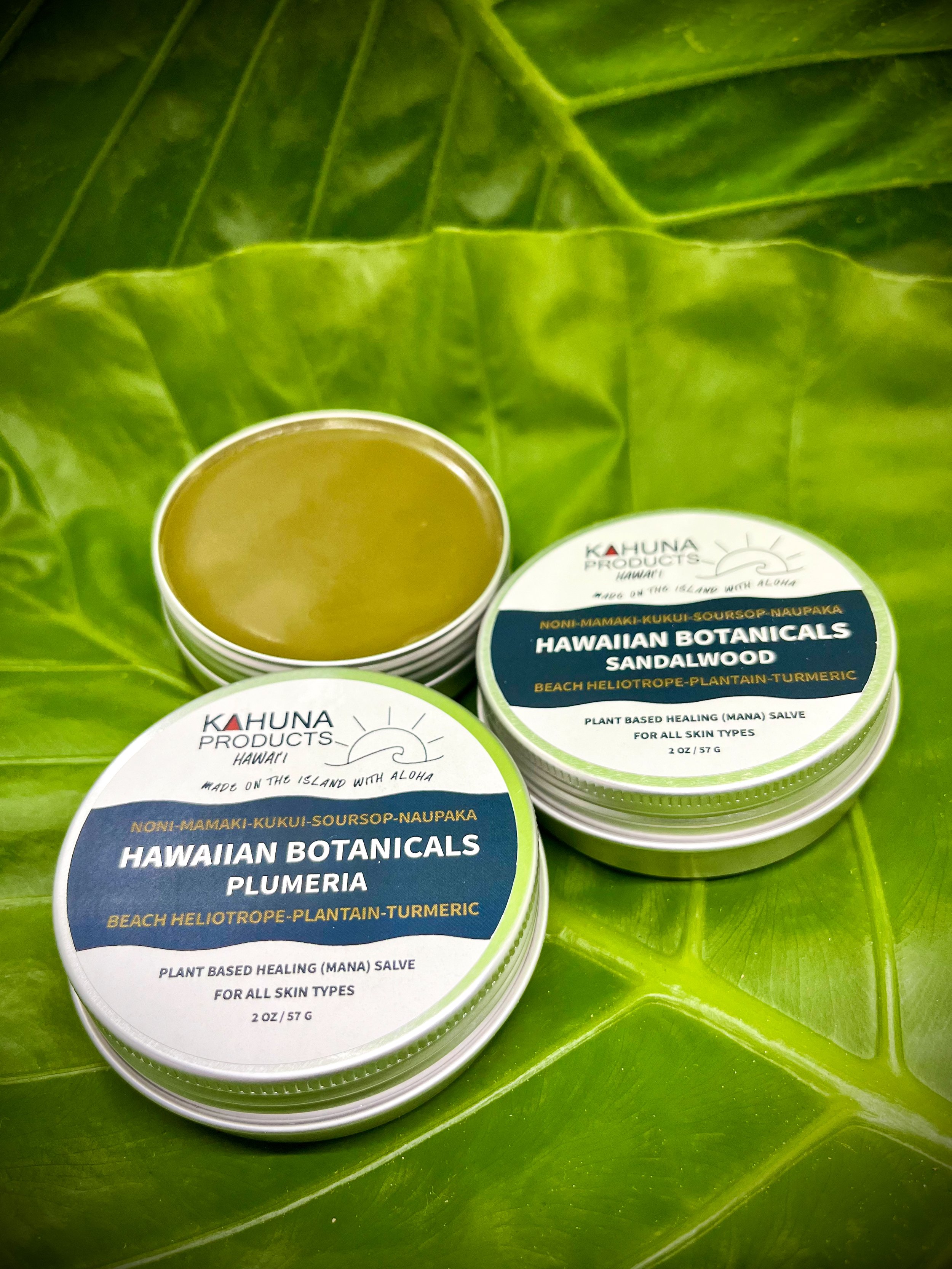MITIGATION BLEND ESSENTIAL OIL
Neuropathy, which refers to nerve damage, can cause pain, numbness, and other symptoms, often in the hands and feet. Essential oils are frequently used in complementary therapies for their potential to alleviate pain and promote relaxation. Here’s a look at the benefits and aromatherapy uses of the essential oils and extracts listed for neuropathy mitigation:
Helichrysum Italicum Flower Oil
Benefits: Known for its anti-inflammatory, analgesic (pain-relieving), and regenerative properties. It helps in reducing pain and healing wounds.
Aromatherapy Uses: Used to calm the nervous system, reduce stress, and alleviate pain. It is often applied topically in diluted form for pain relief.
Achillea Millefolium (Yarrow) Flower Extract
Benefits: Possesses anti-inflammatory and analgesic properties. Yarrow is known to help improve circulation and reduce muscle spasms.
Aromatherapy Uses: Often used to reduce pain and inflammation. It can be applied topically in a carrier oil for muscle aches and neuropathic pain.
Chamomilla Recutita Matricaria (German) Flower Oil
Benefits: Chamomile is well-known for its calming, anti-inflammatory, and pain-relieving effects. It helps in reducing nerve pain and muscle spasms.
Aromatherapy Uses: Commonly used to reduce anxiety and promote relaxation. It can be inhaled or applied topically for its soothing effects.
Boswellia Serrata (Frankincense) Oil
Benefits: Exhibits strong anti-inflammatory and analgesic properties. Frankincense is also known for improving circulation and supporting nerve health.
Aromatherapy Uses: Used for reducing pain and inflammation, promoting relaxation, and enhancing overall well-being. It can be diffused or applied topically.
Lavandula Angustifolia (Lavender) Flower Extract
Benefits: Known for its analgesic, anti-inflammatory, and calming properties. Lavender helps in pain relief and relaxation.
Aromatherapy Uses: Widely used to reduce stress, anxiety, and pain. It can be inhaled, diffused, or applied topically.
Eucalyptus Globulus Leaf Oil
Benefits: Eucalyptus has anti-inflammatory, analgesic, and decongestant properties. It helps in reducing pain and inflammation.
Aromatherapy Uses: Commonly used to relieve pain and reduce inflammation. It can be diffused or applied topically in diluted form.
Cornmint (Mentha Arvensis) Oil
Benefits: Contains menthol, which has analgesic and cooling properties. Cornmint helps in numbing pain and reducing inflammation.
Aromatherapy Uses: Often used to relieve pain and provide a cooling sensation. It can be inhaled or applied topically in a carrier oil.
General Tips for Using Essential Oils for Neuropathy
Topical Application: Dilute essential oils in a carrier oil (such as coconut, almond, or jojoba oil) before applying to the skin. A common dilution ratio is 3-5 drops of essential oil per teaspoon of carrier oil.
Massage: Gently massage the diluted oil mixture into the affected areas to help improve circulation and reduce pain.
Bath: Add a few drops of essential oils to a warm bath for a soothing and pain-relieving soak.
Diffusion: Use an essential oil diffuser to disperse the oils into the air for inhalation, which can promote relaxation and pain relief.
Inhalation: Add a few drops of essential oil to a tissue or cotton ball and inhale deeply for quick relief.
Safety Considerations
Always perform a patch test before using a new essential oil topically to check for allergic reactions.
Consult with a healthcare professional before using essential oils, especially if you have underlying health conditions or are pregnant.
Use essential oils in appropriate dilutions to avoid skin irritation or sensitization.
By incorporating these essential oils into a holistic approach, you can potentially alleviate some of the discomfort associated with neuropathy while promoting overall relaxation and well-being.
Neuropathy, which refers to nerve damage, can cause pain, numbness, and other symptoms, often in the hands and feet. Essential oils are frequently used in complementary therapies for their potential to alleviate pain and promote relaxation. Here’s a look at the benefits and aromatherapy uses of the essential oils and extracts listed for neuropathy mitigation:
Helichrysum Italicum Flower Oil
Benefits: Known for its anti-inflammatory, analgesic (pain-relieving), and regenerative properties. It helps in reducing pain and healing wounds.
Aromatherapy Uses: Used to calm the nervous system, reduce stress, and alleviate pain. It is often applied topically in diluted form for pain relief.
Achillea Millefolium (Yarrow) Flower Extract
Benefits: Possesses anti-inflammatory and analgesic properties. Yarrow is known to help improve circulation and reduce muscle spasms.
Aromatherapy Uses: Often used to reduce pain and inflammation. It can be applied topically in a carrier oil for muscle aches and neuropathic pain.
Chamomilla Recutita Matricaria (German) Flower Oil
Benefits: Chamomile is well-known for its calming, anti-inflammatory, and pain-relieving effects. It helps in reducing nerve pain and muscle spasms.
Aromatherapy Uses: Commonly used to reduce anxiety and promote relaxation. It can be inhaled or applied topically for its soothing effects.
Boswellia Serrata (Frankincense) Oil
Benefits: Exhibits strong anti-inflammatory and analgesic properties. Frankincense is also known for improving circulation and supporting nerve health.
Aromatherapy Uses: Used for reducing pain and inflammation, promoting relaxation, and enhancing overall well-being. It can be diffused or applied topically.
Lavandula Angustifolia (Lavender) Flower Extract
Benefits: Known for its analgesic, anti-inflammatory, and calming properties. Lavender helps in pain relief and relaxation.
Aromatherapy Uses: Widely used to reduce stress, anxiety, and pain. It can be inhaled, diffused, or applied topically.
Eucalyptus Globulus Leaf Oil
Benefits: Eucalyptus has anti-inflammatory, analgesic, and decongestant properties. It helps in reducing pain and inflammation.
Aromatherapy Uses: Commonly used to relieve pain and reduce inflammation. It can be diffused or applied topically in diluted form.
Cornmint (Mentha Arvensis) Oil
Benefits: Contains menthol, which has analgesic and cooling properties. Cornmint helps in numbing pain and reducing inflammation.
Aromatherapy Uses: Often used to relieve pain and provide a cooling sensation. It can be inhaled or applied topically in a carrier oil.
General Tips for Using Essential Oils for Neuropathy
Topical Application: Dilute essential oils in a carrier oil (such as coconut, almond, or jojoba oil) before applying to the skin. A common dilution ratio is 3-5 drops of essential oil per teaspoon of carrier oil.
Massage: Gently massage the diluted oil mixture into the affected areas to help improve circulation and reduce pain.
Bath: Add a few drops of essential oils to a warm bath for a soothing and pain-relieving soak.
Diffusion: Use an essential oil diffuser to disperse the oils into the air for inhalation, which can promote relaxation and pain relief.
Inhalation: Add a few drops of essential oil to a tissue or cotton ball and inhale deeply for quick relief.
Safety Considerations
Always perform a patch test before using a new essential oil topically to check for allergic reactions.
Consult with a healthcare professional before using essential oils, especially if you have underlying health conditions or are pregnant.
Use essential oils in appropriate dilutions to avoid skin irritation or sensitization.
By incorporating these essential oils into a holistic approach, you can potentially alleviate some of the discomfort associated with neuropathy while promoting overall relaxation and well-being.
Neuropathy, which refers to nerve damage, can cause pain, numbness, and other symptoms, often in the hands and feet. Essential oils are frequently used in complementary therapies for their potential to alleviate pain and promote relaxation. Here’s a look at the benefits and aromatherapy uses of the essential oils and extracts listed for neuropathy mitigation:
Helichrysum Italicum Flower Oil
Benefits: Known for its anti-inflammatory, analgesic (pain-relieving), and regenerative properties. It helps in reducing pain and healing wounds.
Aromatherapy Uses: Used to calm the nervous system, reduce stress, and alleviate pain. It is often applied topically in diluted form for pain relief.
Achillea Millefolium (Yarrow) Flower Extract
Benefits: Possesses anti-inflammatory and analgesic properties. Yarrow is known to help improve circulation and reduce muscle spasms.
Aromatherapy Uses: Often used to reduce pain and inflammation. It can be applied topically in a carrier oil for muscle aches and neuropathic pain.
Chamomilla Recutita Matricaria (German) Flower Oil
Benefits: Chamomile is well-known for its calming, anti-inflammatory, and pain-relieving effects. It helps in reducing nerve pain and muscle spasms.
Aromatherapy Uses: Commonly used to reduce anxiety and promote relaxation. It can be inhaled or applied topically for its soothing effects.
Boswellia Serrata (Frankincense) Oil
Benefits: Exhibits strong anti-inflammatory and analgesic properties. Frankincense is also known for improving circulation and supporting nerve health.
Aromatherapy Uses: Used for reducing pain and inflammation, promoting relaxation, and enhancing overall well-being. It can be diffused or applied topically.
Lavandula Angustifolia (Lavender) Flower Extract
Benefits: Known for its analgesic, anti-inflammatory, and calming properties. Lavender helps in pain relief and relaxation.
Aromatherapy Uses: Widely used to reduce stress, anxiety, and pain. It can be inhaled, diffused, or applied topically.
Eucalyptus Globulus Leaf Oil
Benefits: Eucalyptus has anti-inflammatory, analgesic, and decongestant properties. It helps in reducing pain and inflammation.
Aromatherapy Uses: Commonly used to relieve pain and reduce inflammation. It can be diffused or applied topically in diluted form.
Cornmint (Mentha Arvensis) Oil
Benefits: Contains menthol, which has analgesic and cooling properties. Cornmint helps in numbing pain and reducing inflammation.
Aromatherapy Uses: Often used to relieve pain and provide a cooling sensation. It can be inhaled or applied topically in a carrier oil.
General Tips for Using Essential Oils for Neuropathy
Topical Application: Dilute essential oils in a carrier oil (such as coconut, almond, or jojoba oil) before applying to the skin. A common dilution ratio is 3-5 drops of essential oil per teaspoon of carrier oil.
Massage: Gently massage the diluted oil mixture into the affected areas to help improve circulation and reduce pain.
Bath: Add a few drops of essential oils to a warm bath for a soothing and pain-relieving soak.
Diffusion: Use an essential oil diffuser to disperse the oils into the air for inhalation, which can promote relaxation and pain relief.
Inhalation: Add a few drops of essential oil to a tissue or cotton ball and inhale deeply for quick relief.
Safety Considerations
Always perform a patch test before using a new essential oil topically to check for allergic reactions.
Consult with a healthcare professional before using essential oils, especially if you have underlying health conditions or are pregnant.
Use essential oils in appropriate dilutions to avoid skin irritation or sensitization.
By incorporating these essential oils into a holistic approach, you can potentially alleviate some of the discomfort associated with neuropathy while promoting overall relaxation and well-being.
-
INCI NAME: Helichrysum Italicum Flower Oil, Achillea Millefolium (Yarrow) Flower Extract, Chamomilla Recutita Matricaria (German) Flower Oil, Boswellia Serrata (Frankincense) Oil, Lavandula Angustifolia (Lavender) Flower Extract, Eucalyptus Globulus Leaf Oil, and Cornmint (Mentha Arvensis)Oil.
ORIGIN: Croatia, Bulgaria, Nepal, India, France, Australia. Bottled in Hawai’i.
PARTS USED: Flowers, Flowering Tops, Leaves, Bark, Buds, Peels, Resin (Gum).
EXTRACTION METHOD: Steam Distilled Essential Oil, Hydro-Distilled Essential Oil.
-
The essential oils of Syzygium aromaticum (Clove), Citrus limon (Lemon) peel oil, Cinnamomum verum bark oil, Eucalyptus radiata leaf oil, and Rosmarinus officinalis (Rosemary) flower oil can blend well with a variety of other essential oils. Here are some common essential oils that complement this blend:
Lavender (Lavandula angustifolia): Lavender oil has a soothing and floral aroma. It blends well with the warm and spicy notes of clove and cinnamon, creating a balanced and comforting blend.
Peppermint (Mentha piperita): Peppermint oil has a refreshing and cooling scent. It can add a touch of invigoration to the blend, complementing the fresh and camphoraceous aroma of eucalyptus.
Sweet Orange (Citrus sinensis): Sweet orange oil has a sweet and citrusy scent that pairs well with the uplifting and energizing properties of lemon peel oil. It adds a bright and cheerful note to the blend.
Frankincense (Boswellia carterii): Frankincense oil has a woody and resinous aroma. It can add depth and a sense of grounding to the blend, complementing the earthy and herbaceous notes of rosemary.
Cedarwood (Cedrus atlantica): Cedarwood oil has a warm and woody scent. It blends harmoniously with the aromatic and spicy notes of clove and cinnamon, creating a comforting and grounding blend.
These are just a few examples, and there are many other essential oils that can be combined with the blend of clove, lemon peel, cinnamon bark, eucalyptus leaf, and rosemary flower oils. When creating blends, it's important to consider the desired aroma, therapeutic properties, and personal preferences. Always ensure proper dilution and consult reliable sources or a qualified aromatherapist for guidance.
-
They can be inhaled directly from the bottle, diffuser, or humidifier.
They should be diluted with a carrier oil when applied to your skin. We suggest a 4% dilution rate.
You can also add them to your favorite skincare products.
Essential oils are not safe for consumption unless you are under a health practitioner's guidance.
-
Helichrysum Italicum Flower Oil, Achillea Millefolium (Yarrow) Flower Extract, Chamomilla Recutita Matricaria (German) Flower Oil, Boswellia Serrata (Frankincense) Oil, Lavandula Angustifolia (Lavender) Flower Extract, Eucalyptus Globulus Leaf Oil, and Cornmint (Mentha Arvensis)Oil.
100% Pure Essential Oil.
Unrefined, Undiluted, No Fillers, No Synthetics, Organic, and Sustainably sourced.
-
0.33 oz / 10 ml
Amber glass bottle with euro dropper.
-
Keep out of reach of children. The bottles are a choking hazard. Avoid contact with eyes, inner ears, mucous membranes, and sensitive areas. If you are pregnant, nursing, taking medication, or have a medical condition, consult a health professional prior to use.
Animals are more sensitive to certain scents; consider your pets while choosing essential oils.
While not all essential oils have the same effect on everyone, the key is finding which ones work best for you. You are the individual and know what is best for you. So experiment and find your path.
The products described on this website are not intended to diagnose, treat or prevent any disease or to affect any structure or function of the skin or body. The information on this website is not medical advice and is not a substitute for consulting with a healthcare provider.




